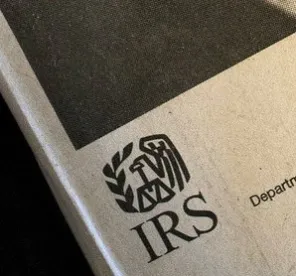Yesterday, the Internal Revenue Service (IRS) issued Notice 2021-41 (the Notice), providing relief for continuity requirements for the investment tax credit (ITC) under Section 48 and the production tax credit (PTC) under Section 45.
The applicable tax rate for the ITC and PTC is based on the year a project “begins construction.” Under existing IRS guidance, projects are treated as having begun construction by either satisfying the Physical Work Test or the Five Percent Safe Harbor. Both methods require a taxpayer to make continuous progress toward completion of the facility once construction has begun (Continuity Requirement). The IRS previously provided a Continuity Safe Harbor, whereby the Continuity Requirement will be deemed met if the project is placed in service within a certain number of years from beginning construction. For most projects, the Continuity Safe Harbor was previously four years and was extended to five years last year for projects that otherwise began construction in 2016 or 2017. Under the existing guidance, if the Continuity Safe Harbor is not met, a taxpayer can satisfy the Continuity Requirement by meeting the Continuous Construction Test (in the case of the Physical Work Test) or the Continuous Efforts Test (in the case of the Five Percent Safe Harbor). The Continuous Construction Test and Continuous Efforts Test are both demonstrated through facts and circumstances.
In the Notice, the IRS further extended the Continuity Safe Harbor to six years for projects that otherwise began construction in 2016 through 2019 and to five years for projects that otherwise began construction in 2020. In other words, the Continuity Safe Harbor will be satisfied if a taxpayer places the project in service by the end of a calendar year that is no more than five or six years (as applicable) after the calendar year during which construction of the project otherwise began.
The Notice further provides that for a project that does not satisfy the Continuity Safe Harbor, the taxpayer can satisfy either the Continuous Efforts Test or Continuous Construction Test (regardless of whether the taxpayer is relying on the Physical Work Test or the Five Percent Safe Harbor). Under previous guidance, a taxpayer relying on the Physical Work Test was all but certain to fail the Continuous Construction Test, which seems to require regular physical work from the time construction begins. The Continuous Efforts Test appears to encompass more activities than the Continuous Construction Test and may be easier to satisfy for some taxpayers.
The Notice clarifies that the relief was in response to the fact that “regional, national, or global circumstances due to the COVID-19 pandemic have continued to cause delays in the development of certain facilities eligible for the PTC and the ITC. These extraordinary delays have adversely affected the ability of many taxpayers to place facilities in service in time to meet the Continuity Safe Harbor.”
The Notice will be welcome relief to many taxpayers who have struggled with project delays in recent years.





 />i
/>i

